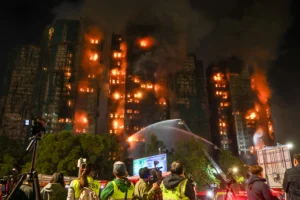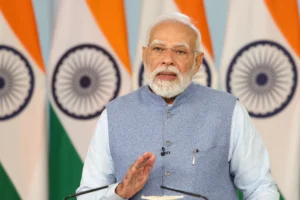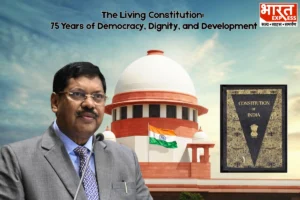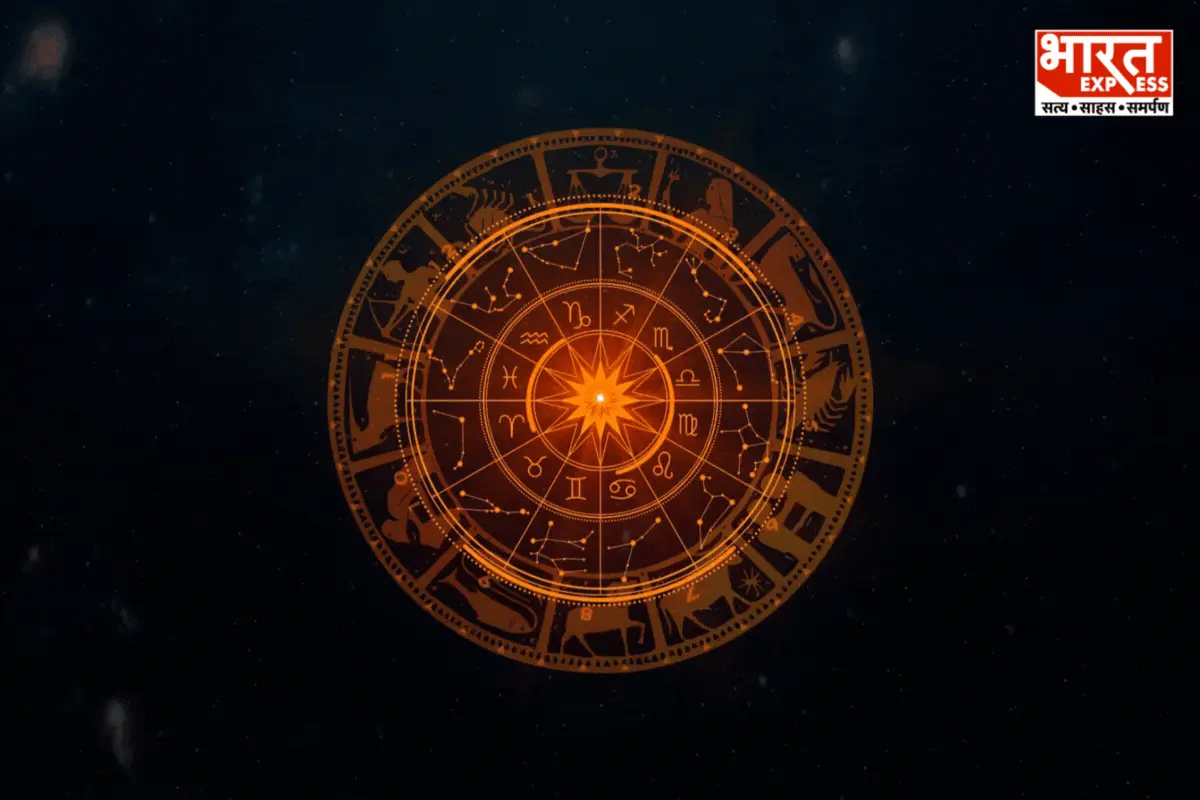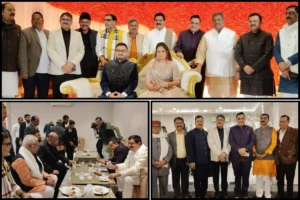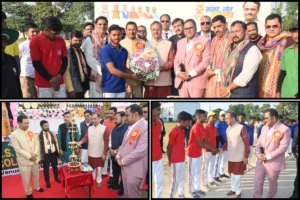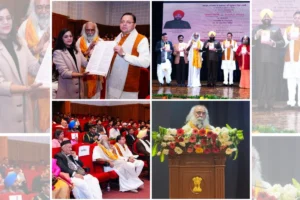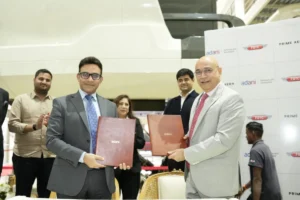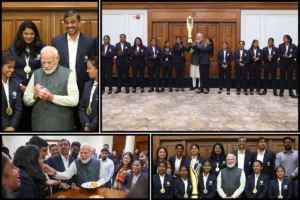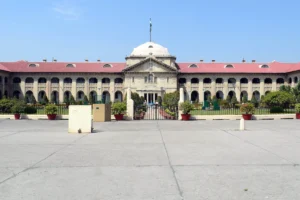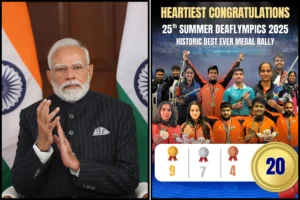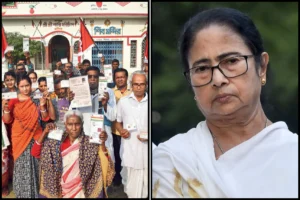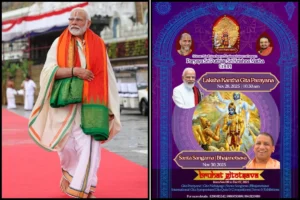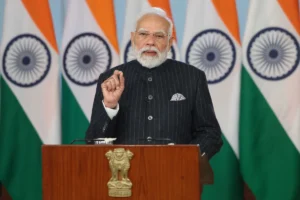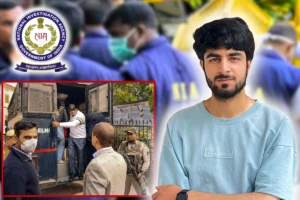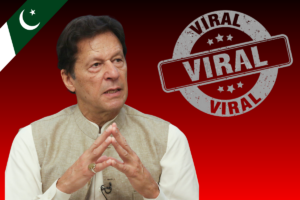
Lok Sabha Elections 2024
Lok Sabha Elections 2024: The next general election in India, the democracy with the largest population in the world, is scheduled to take place over seven phases, totaling forty-four days. The Indian Election Commission declared on March 16 that Indian voters would cast their ballots between April 19 and June 1, with the results being announced on June 4.
Following his party’s stunning 303 seat victory in the 2019 election, Prime Minister Narendra Modi is running for a third term in office. Recent results from India Today’s “Mood of the Nation Poll” indicate that voters still regard Modi as a popular leader, despite the fact that these surveys frequently have a mixed track record when it comes to accuracy. The Indian National Developmental Inclusive Alliance, or INDIA, is a coalition bloc comprising over twenty-six opposition parties, led by the country’s main opposition party, the Congress, to challenge the BJP.
India holds the largest democratic elections in the world, with almost 970 million registered voters casting ballots, 470 million of whom are female. Eighteen million people who have never voted before will also be able to do so this year.
Voter turnout in India is historically high; the Election Commission, or ECI, reports that 67% of voters participated in the most recent election, which was held in 2019. (By contrast, 66% of Americans cast ballots in the 2022 presidential election.) Political parties in India spent over $7 billion on the 2019 election, compared to $6.5 billion in the US during the 2016 election, making it the most expensive election in the world. Only a doubling of that number is anticipated in the current election cycle.
The party that wins the majority of the 543 seats in the more powerful Lok Sabha, or lower house of Parliament, forms a government and selects its candidate for prime minister under the parliamentary system of the nation.
India holds elections in phases that are carefully staggered by the Election Commission of India. ECI has announced that polling will take place on April 19, April 26, May 7, May 13, May 20, May 25, and June 1. Voting will be held on all seven days in some states, like Bihar, West Bengal, and Uttar Pradesh, and only one day in others, like Arunachal Pradesh and Sikkim.
The first election in India was conducted over a five-month period between September 1951 and February 1952, making this election the second longest polling process in the nation’s electoral history.
Election regulations also require that every residence be 1.2 miles from a polling place, and almost all votes are cast electronically. Over a million polling places used 1.74 million electronic voting machines in 2019. The task of staffing polling places during voting will fall to almost 15 million poll workers and security guards. They travel the entire nation in order to reach every voter, even if it means hiking across glaciers in the Himalayas or wading through dense forests in far-off states like Arunachal Pradesh.
Also Read: Tragic Suicide Leads To Family Feud: 21-Yr-Old Woman Found Dead, Maternal Family Sets House Ablaze
Why are elections in India taking so long?
The number of voters in each state and the potential polarization of the vote determine which regions will host India’s regional elections. For instance, there are seven phases in Uttar Pradesh, the most populous state and one that is infamous for political intimidation and electoral influence.
It usually takes time for the mobile team of election and security officials to travel across the nation, particularly in isolated areas, in order to announce and conduct the voting process and guard against ballot boxes being overfilled or pilfered. The ECI occasionally extends the polling period while taking religious festivals and public holidays into consideration.
Then, all of the votes are tallied and declared in a single day, so until the results are declared, nobody—not even the prime minister—knows who won any particular seat.
The Indian Election Commission has concluded that these intricate arrangements enable the slow and steady pace required to supervise free and fair elections in a nation of almost 1.4 billion people since India’s independence in 1947. However, in recent years, internal strife and criticism from opposition parties regarding the lack of action taken in response to the rule violations have caused the official electoral watchdog to lose its illustrious reputation.
The election will take place at a time when authoritarianism is on the rise and India is struggling to maintain electoral independence, free speech, and voter participation. Freedom House reduced India’s democracy rating from “free” to “partly free” during Modi’s second term due to the government’s anti-Muslim policies and its targeting of critics and the media.
To read more such news, download Bharat Express news apps







